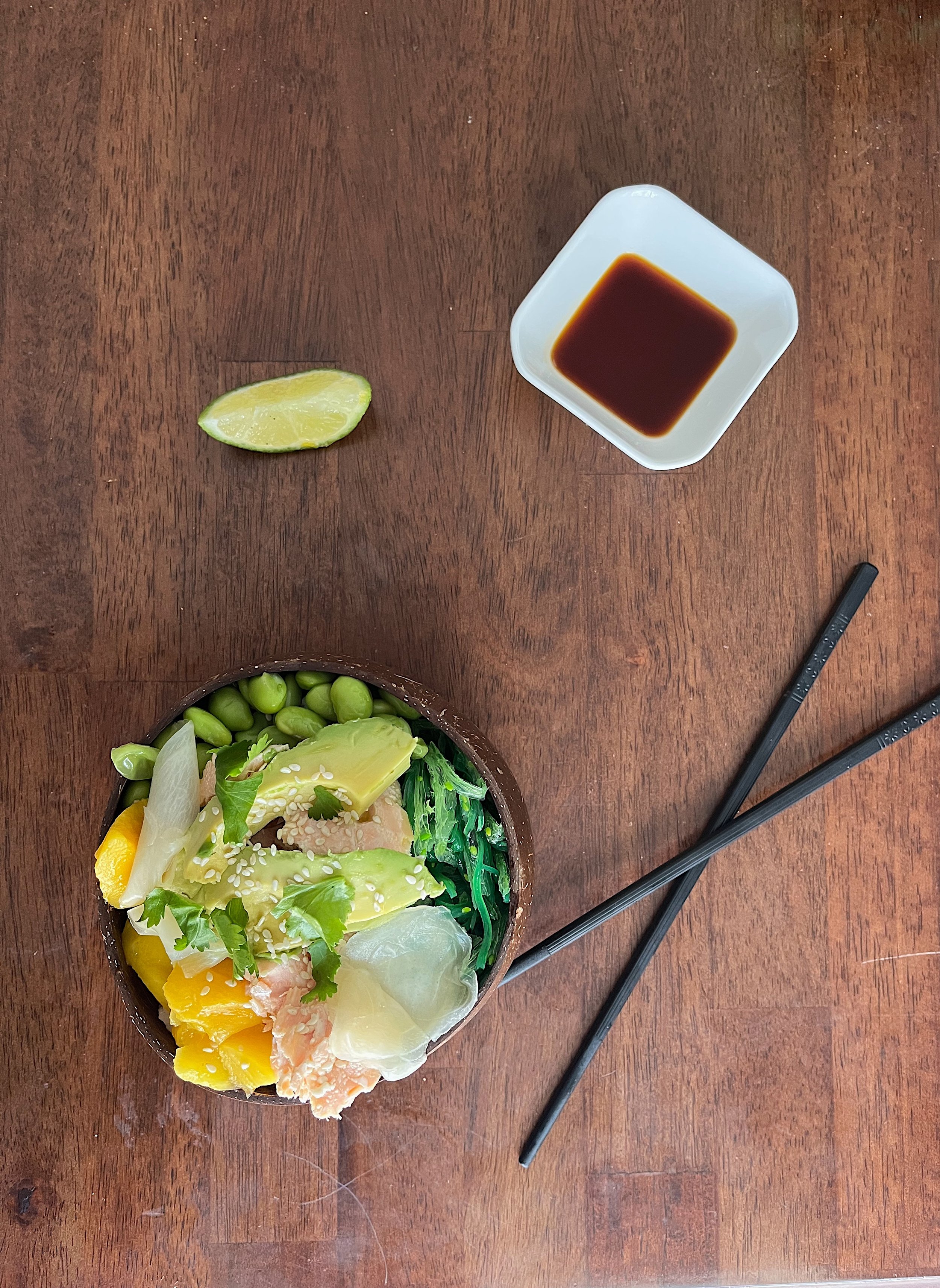Clean Eating vs. Just Eating Clean—What’s the Difference?
A lot of clients come to me claiming to “eating clean,” or they want to focus on “clean eating.” At first glance, they may seem interchangeable, but there’s a subtle yet significant difference between the two. Understanding this difference can help you make smarter, more sustainable choices when it comes to your health and nutrition.
What Is Clean Eating?
Clean eating is a holistic approach to food, focusing on consuming whole, minimally processed foods in their most natural state. It prioritizes fresh fruits, vegetables, lean proteins, whole grains, and healthy fats while avoiding highly processed foods, artificial additives, and excessive sugars. Clean eating is not about restriction or deprivation but about nourishing the body with high-quality, nutrient-dense foods.
When practicing clean eating, you aim to enjoy food in its purest form. That means opting for fresh produce over canned goods with preservatives, whole grains over refined grains, and natural sweeteners like honey or dates instead of processed sugar.
By focusing on balance and making informed choices, you can find an approach that works for you—one that is both healthy and sustainable.
What Does It Mean to Eat Clean?
On the other hand, eating clean can sometimes be interpreted as a more rigid, rule-based approach to food. Some people may define it as following a strict diet that eliminates entire food groups or adheres to a specific regimen. While it still emphasizes consuming whole and nutritious foods, eating clean can sometimes become restrictive, leading to an overly rigid mindset about what is considered “good” or “bad” food.
This kind of approach can make social situations challenging and even lead to an unhealthy relationship with food. While it’s great to be mindful of ingredients and food quality, it’s also essential to maintain a balanced and flexible outlook on nutrition.
What Really Matters?
Ultimately, what truly matters is developing a sustainable and enjoyable approach to eating that nourishes your body while also allowing for flexibility. Here are some key takeaways to keep in mind:
Focus on Whole Foods: Whether you’re following clean eating principles or simply aiming to eat healthier, prioritize whole, minimally processed foods whenever possible.
Avoid Extreme Restrictions: Cutting out entire food groups without medical necessity can do more harm than good. Balance and variety are crucial for long-term health.
Listen to Your Body: Pay attention to how different foods make you feel rather than just labeling them as “clean” or “not clean.” Your body’s needs are unique to you.
Enjoy Food Without Guilt: Food is meant to be enjoyed! A slice of cake or a fun night out doesn’t undo a lifetime of healthy choices.
Make It a Lifestyle, Not a Diet: Instead of focusing on short-term perfection, aim for consistency over time. Healthy eating should feel good, not stressful.
At the end of the day, the goal is to cultivate a way of eating that supports your health while still allowing you to enjoy life. Clean eating should be about nourishment, not deprivation, and eating clean should be done with mindfulness, not rigid rules. By focusing on balance and making informed choices, you can find an approach that works for you—one that is both healthy and sustainable.


